How to get a vocal sound like Billie Eilish and FINNEAS
Billie Eilish and FINNEAS have built some of the defining songs of the millennia. Here we break down their approach to vocal production, all thanks to Apple…
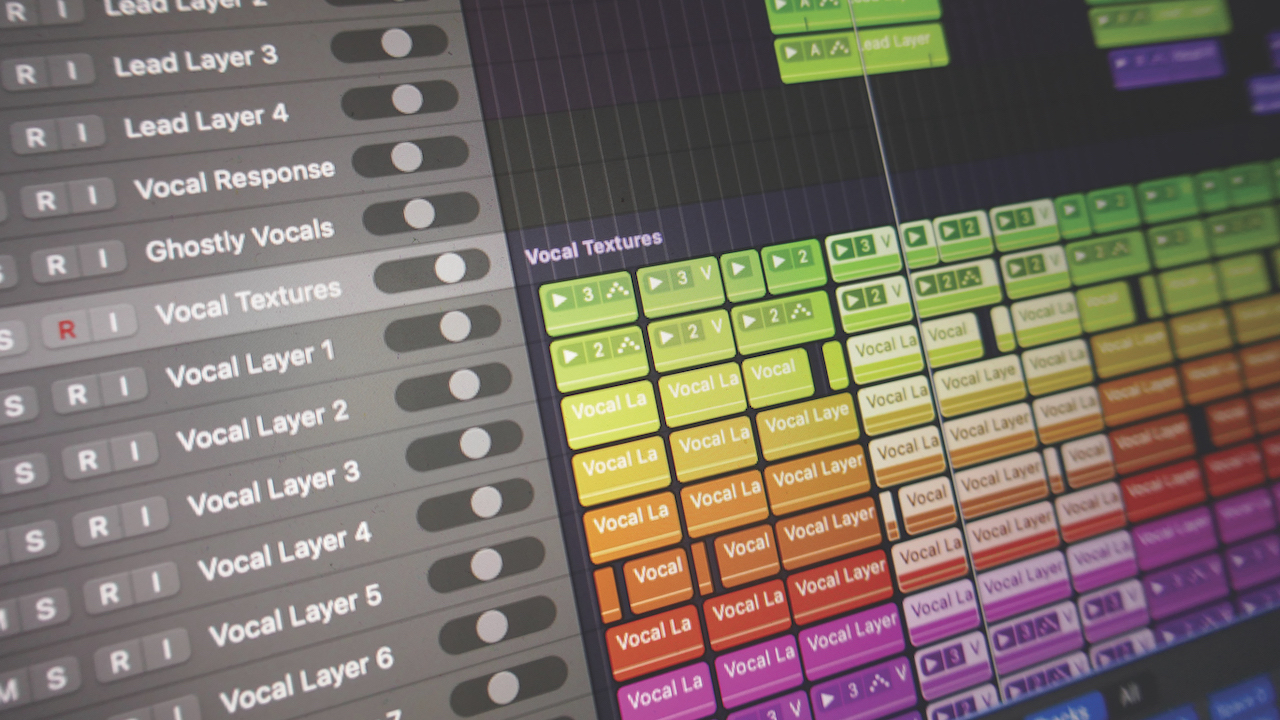
Billie Eilish and her producer/songwriter brother Finneas have been the success stories of 21st century pop music. They have won multiple Grammys, an Oscar for the theme to the 25th Bond film No Time to Die, and countless other awards, the most recent being a Golden Globe for the song What Was I Made For?, from the film Barbie.
Eilish’s chart successes have been just as major, scoring global number ones with her debut album, 2019’s When We All Fall Asleep, Where Do We Go? and matching it with the follow-up Happier Than Ever.
Incredibly, much of this success came about after the duo uploaded the song Ocean Eyes to Soundcloud in 2015, a song Eilish recorded with Finneas after he originally intended it to be used for his own band. A few days and a few hundred thousand plays later, and Eilish began her career proper and has never looked back.
The brother and sister have an incredibly distinct writing and production style but it’s Eilish’s vocal that we’re going to focus on in this Sound Like tutorial.
Luckily Apple gave us probably the best overview of the duo’s songwriting and production methods when they included Ocean Eyes as a demo song with Logic Pro 10.5. It’s now disappeared from the latest version (10.8) but we’ve dug the demo out and will take a deep dive into the Eilish vocal processing and even some of the song elements right here…

The verse vocal line, ‘I’ve been watching you for some time’, has some typical EQ processing where the bottom end is cut, the mid range is boosted as you might expect and there’s a further boost between 4 and 10kHz. This works beautifully, if you bypass the EQ and compare, as the vocal is really lifted without pushing the gain.
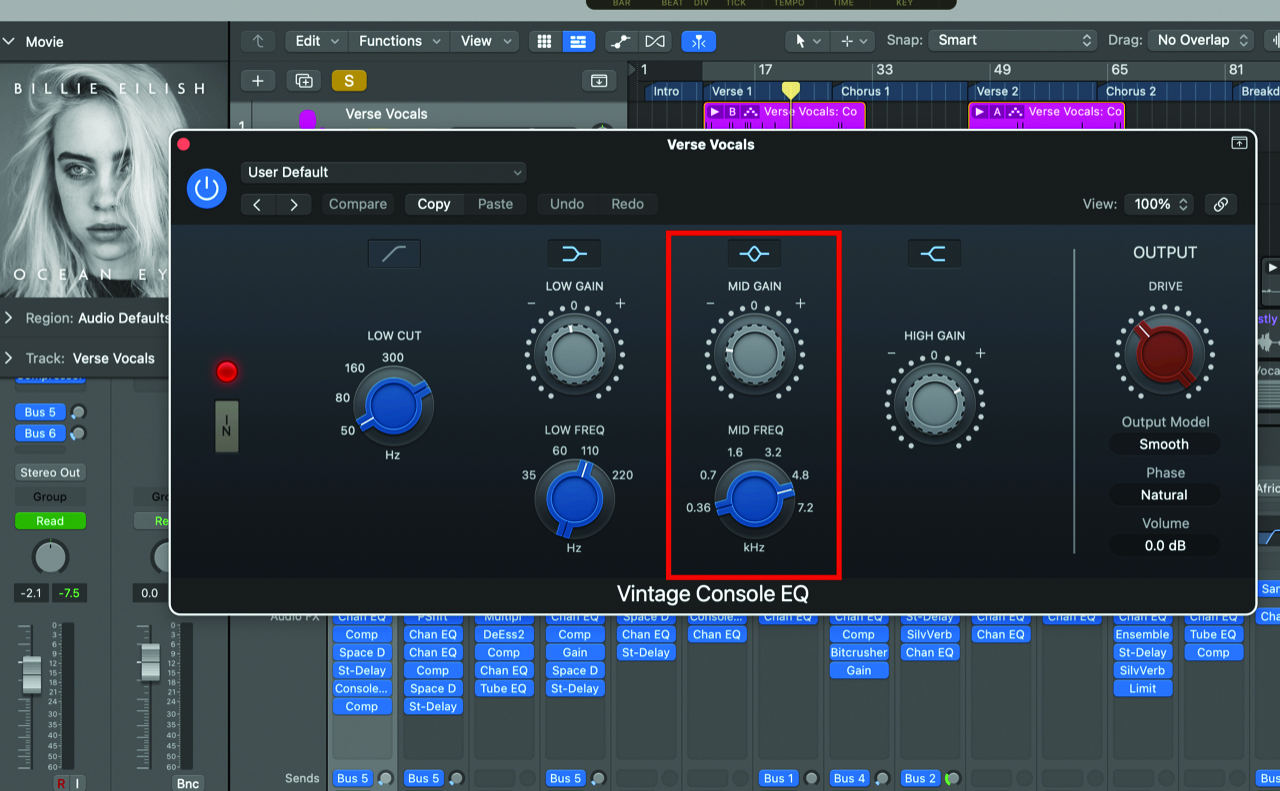
However, if you then open the second console EQ, there’s a cut at around 5kHz, in the same place as the channel EQ was boosting. Rather than pulling off some kind of Pultec EQ trick, where you boost and cut at the same frequency (which, as we’ll see, Finneas is a fan of), this is to keep other effects in check, which we’ll examine now.
Want all the hottest music and gear news, reviews, deals, features and more, direct to your inbox? Sign up here.

These include some stereo delay and reverb courtesy of Space Designer. The delay is a great way of livening up the vocal and is used pretty subtly. The reverb, too, really helps add depth, but that’s not its main use here; that’s to come with the third mention of those “ocean eyes”.
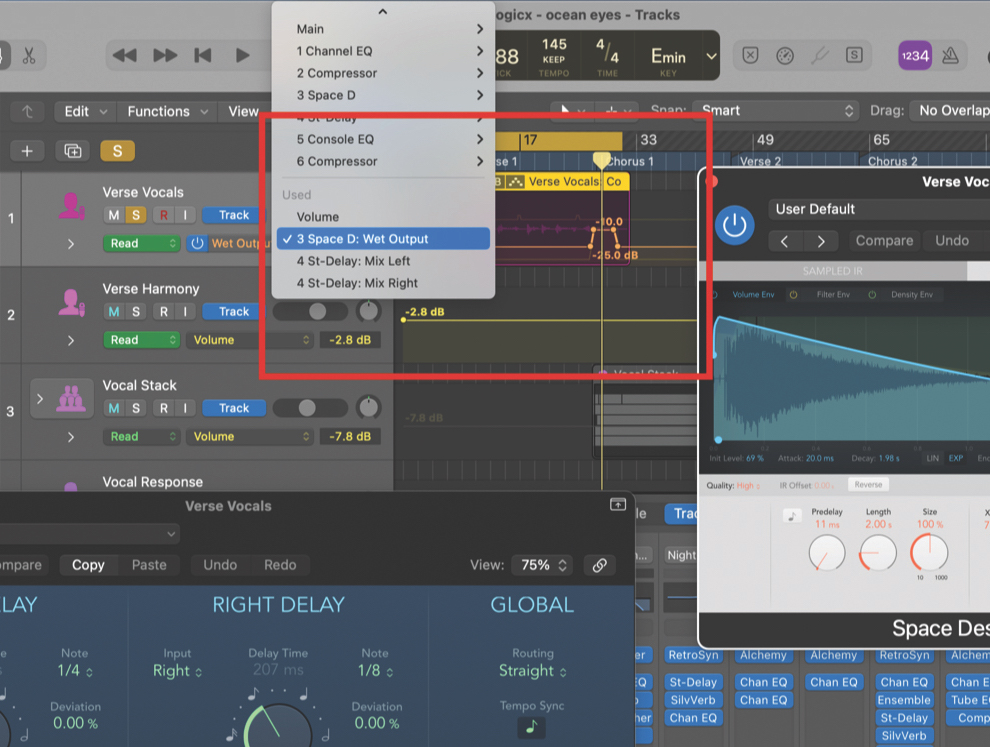
This is a great demonstration of how creative reverb can be. Open up the automation, and you can see a notch on this third “ocean eyes” vocal that pushed the wet level right up during the phrase and creates one of the most memorable moments in the song.
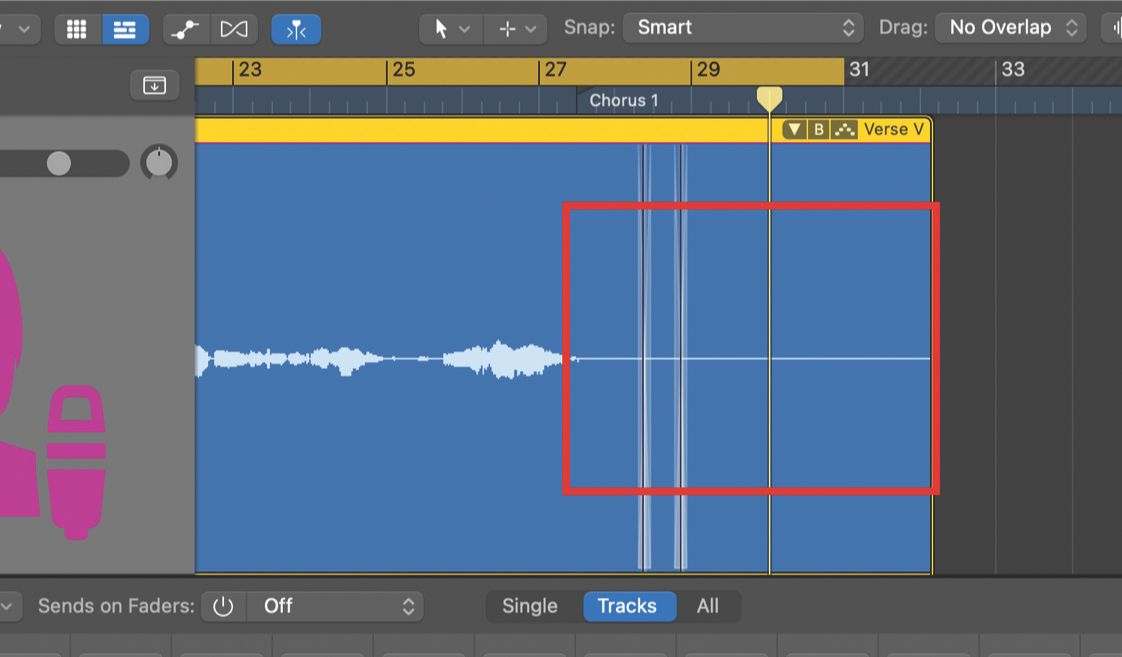
A quick note while we’re on this vocal, and that is that there’s no noise gate used between vocal phrases so you can easily hear bleed (probably from the headphones) as the rest of the track is being picked up by Billie’s mic as she sings along to it. We love that rough and ready attitude and it’s not noticeable in the mix anyway.
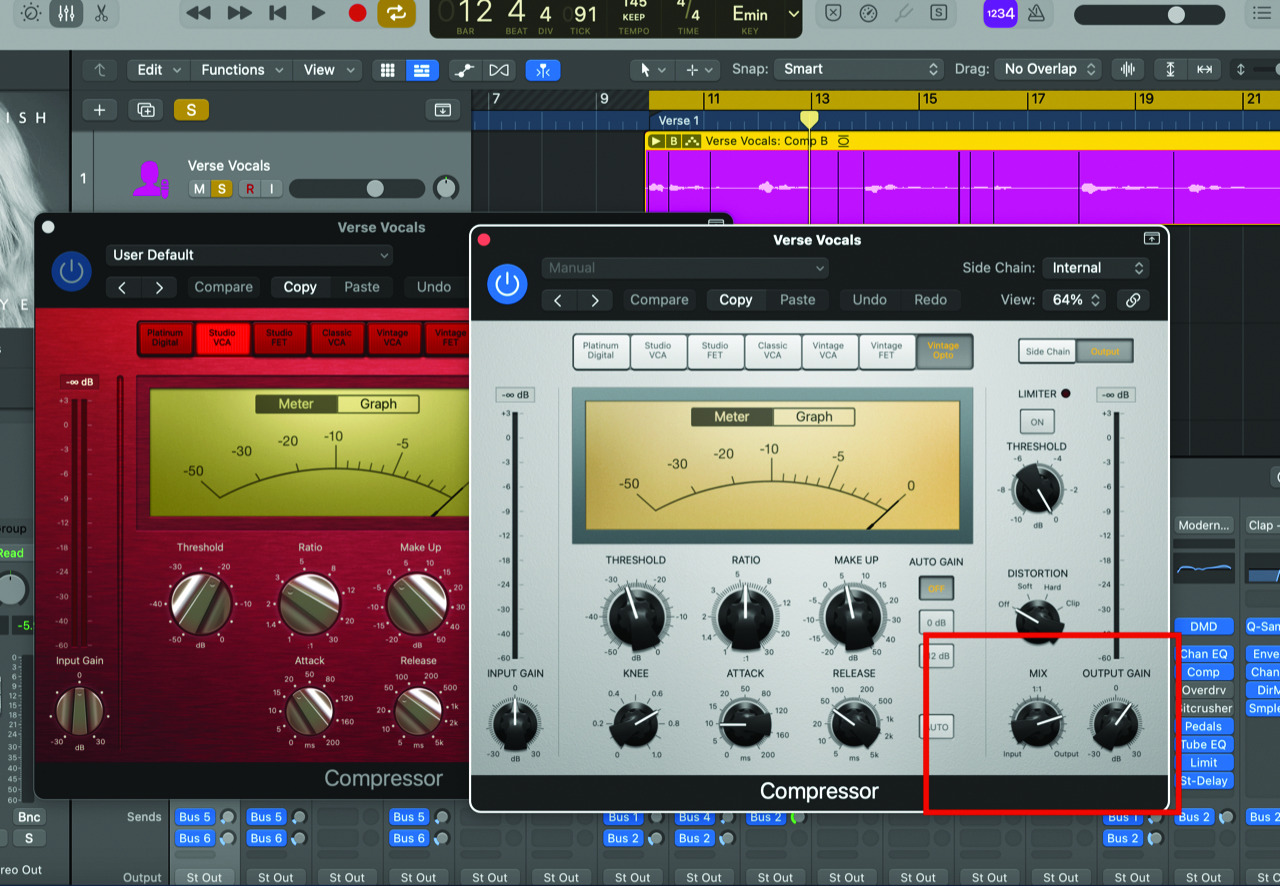
The final processing on the main verse is by way of two compressors which are not being used to compress much beyond the top end, but the first one in particular is being used to boost the signal; switch it off and there’s a very noticeable drop in level.
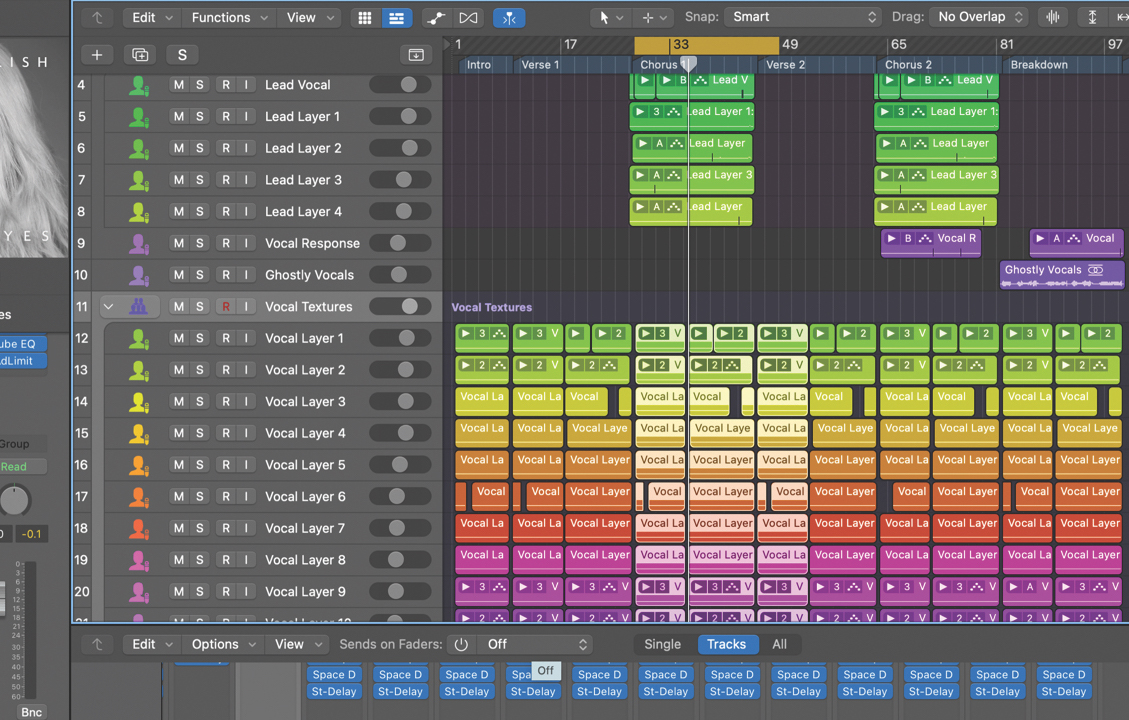
Going into the chorus and there are two sets of harmony layers here – something that Eilish is brilliant at – with both the lead having a further four layers, and 12 more coming by way of the Vocal Textures. Wanna sound like Billie? Lots of layers, lots of harmonies. Oh and be a great singer.

What’s brilliant here is that Finneas has done what we like to think we’d have done with the Vocal Textures and balanced them beautifully left to right as you go through all 12, with a dip in volume the further they are to the centre of the mix so they don’t interfere with the main mix elements. He basically took our advice, right?
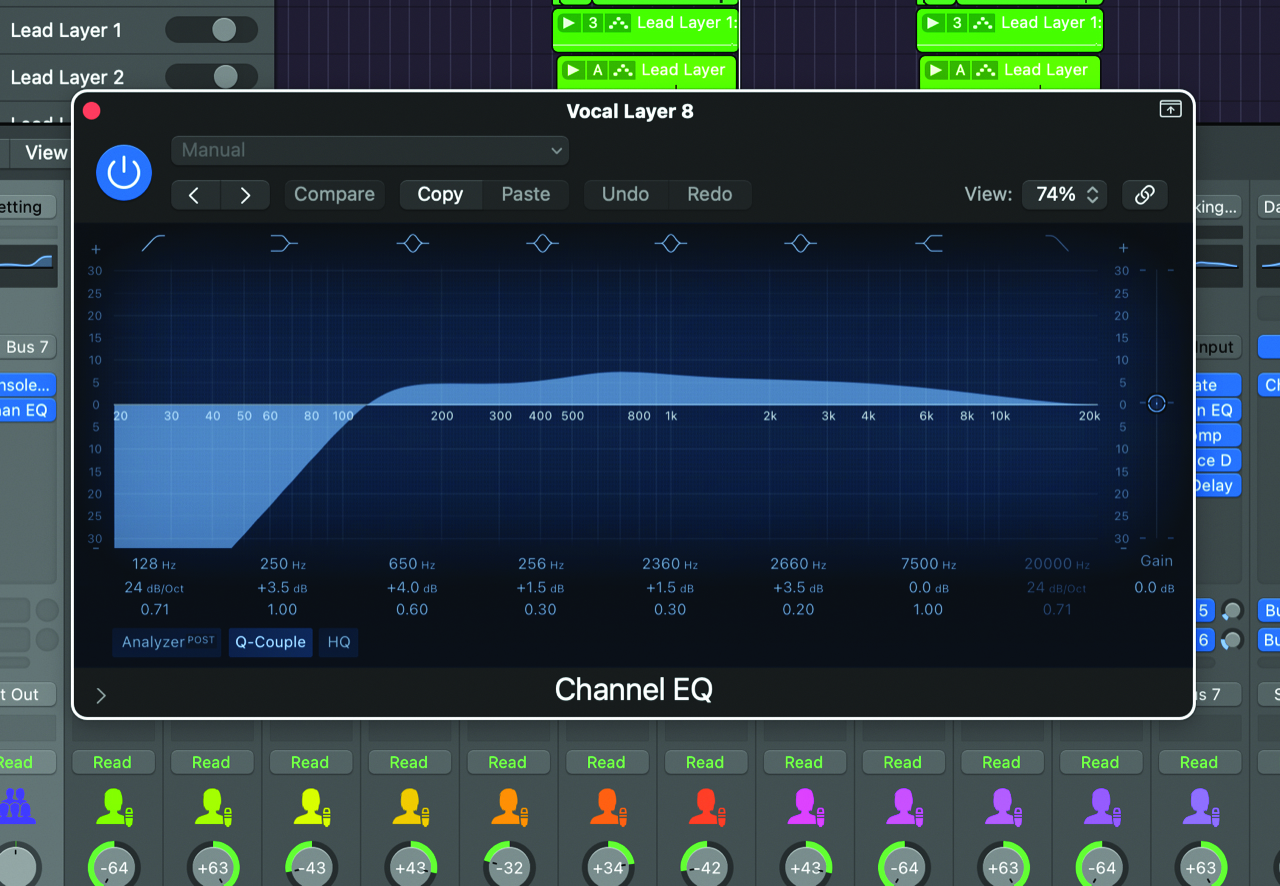
As far as processing goes, the EQ on each of the Vocal Texture layers is pushing the mid range but not the top (as the lead did), so these are more ‘background’ vocals (as you would expect).
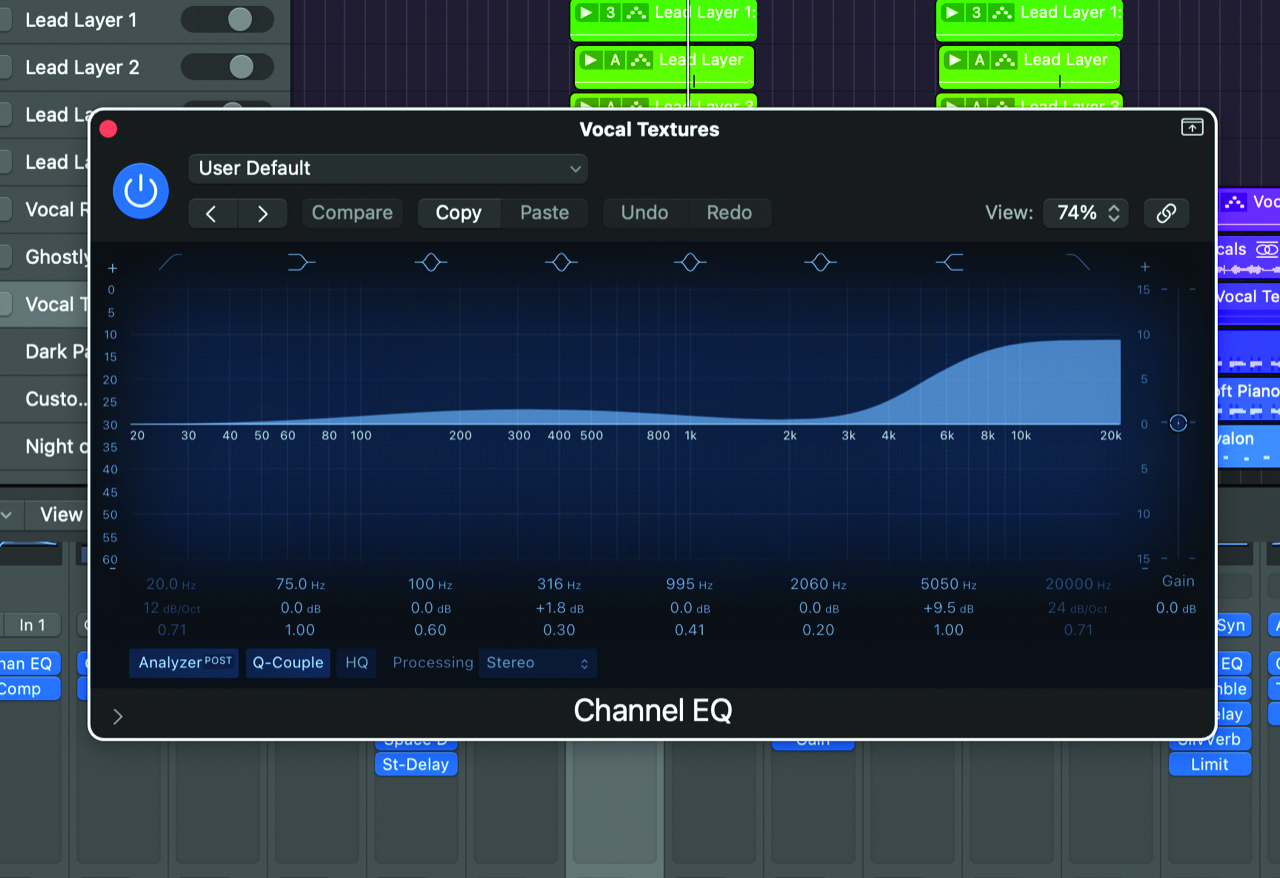
Again, though, there are EQs at work here doing the opposite and if you look at the processing for the Vocal Textures channel you can see that the channel EQ is boosted at the high end. Again, this is after a compressor has gelled the stacks together and does tend to act on the whole rather than individual parts.

What’s also great to see, and what makes us feel like we can produce songs for Billie, is that in this demo version, Logic’s classic instruments are just being used with their presets. Who said ‘don’t use presets’? Not us.

As well as ES1, both Retro Synth and Alchemy get a workout, but it has to be said that they are all used in a fairly subdued way, because the star of the show is the vocal, naturally, so the instruments obviously play very much second fiddle to those.
Pro tip
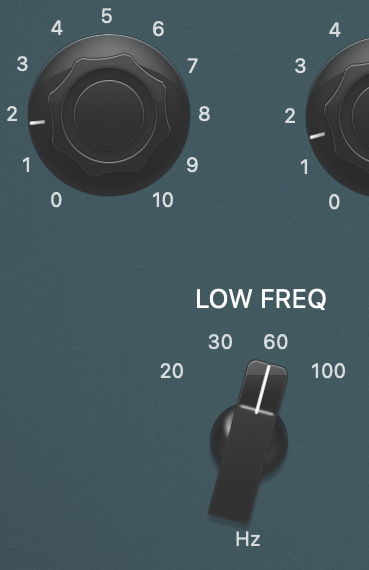
The Pultec low-end trick is one of the most talked about practices in music production. It comes by way of the original Pultec EQP-1 and 1A EQs widely used from the 1950s onwards. They were loved for their sweet and wide EQ and for the valve sound (from the EQP-1A) that added warmth to any signal.

How to use the Pultec 'low-end trick' to improve your bass and kick
One other thing you could do was boost and cut the same frequency simultaneously. Generally this was done on the unit’s 60Hz setting. You’d first push the Boost dial up, and then the Attenuation dial. Rather than reverse the boost, the LF boost would remain, albeit with a notch just around the lower mids which would result in a more pleasing sound (you’d have to experiment with both dials to get it sounding just right, and it was dependent on the sound used).
This is now used widely in the software version, and here Finneas uses Logic’s own EQP-1A, the Vintage Tube EQ, to produce the same effect on the master output. What’s interesting is that you can really hear the low end lift when comparing in bypass. What’s even more interesting is that Pultec specifically told people not to do this in their manual for the EQP-1A. Good job engineers ignored that advice!

Recommended watching
In this section from the popular Mix with the Masters series, Finneas discusses Therefore I Am. What’s interesting is the discussion of vocal layering – similar to our Ocean Eyes tutorial.
And here’s the finished version in the video to Ocean Eyes which, much like the song, is simple, powerful and highly effective.
Andy has been writing about music production and technology for 30 years having started out on Music Technology magazine back in 1992. He has edited the magazines Future Music, Keyboard Review, MusicTech and Computer Music, which he helped launch back in 1998. He owns way too many synthesizers.


